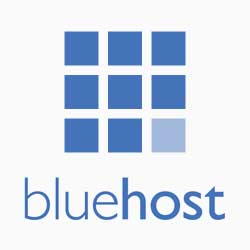How to Build a Brand Around Your List
Building a brand around your email list means transforming it from “just a list of contacts” into a recognizable, trusted platform that people look forward to hearing from—and eventually buying through. Here’s how to do it:
1. Start with a Clear Identity
-
Brand Name: Create a memorable name for your list or newsletter (e.g., “ListLab500”).
-
Voice & Vibe: Is your tone sarcastic, motivational, no-BS, dark, or quirky? Be consistent.
-
Visuals: Logo, color palette, and layout should be unified—across landing pages, emails, PDFs.
2. Craft a Flag to Rally Around
-
What’s your core belief or mission?
Example: “You don’t need a massive list to make massive income.”
-
Share this POV consistently to attract like-minded subscribers.
3. Name Your Newsletter
-
Give your emails a brand name (e.g., “The Blacklist Brief,” “Freedom Fuel Friday,” “Inbox Empire Dispatch”).
-
This makes it feel like a publication—not spam.
4. Have a Signature Format
-
Include a recurring structure:
-
“Tool of the Week”
-
“Case Study Breakdown”
-
“One-Take Rant”
-
-
Readers come to expect it and associate it with you.
5. Sell Through Value First
-
Build goodwill with high-value, opinionated, useful content.
-
Then soft pitch or link to affiliate offers that align with your beliefs.
6. Expand the Brand Ecosystem
-
Create a landing page hub (like ListLab500.com)
-
Add a lead magnet that fits your theme
-
Launch a low-ticket product or Patreon-like community later on
7. Build List-Centric Funnels
-
Always drive people back to the list:
-
Social posts → List
-
YouTube → Lead Magnet
-
TikTok → Email Course
-
-
Your list becomes the center of your digital brand.



Comments